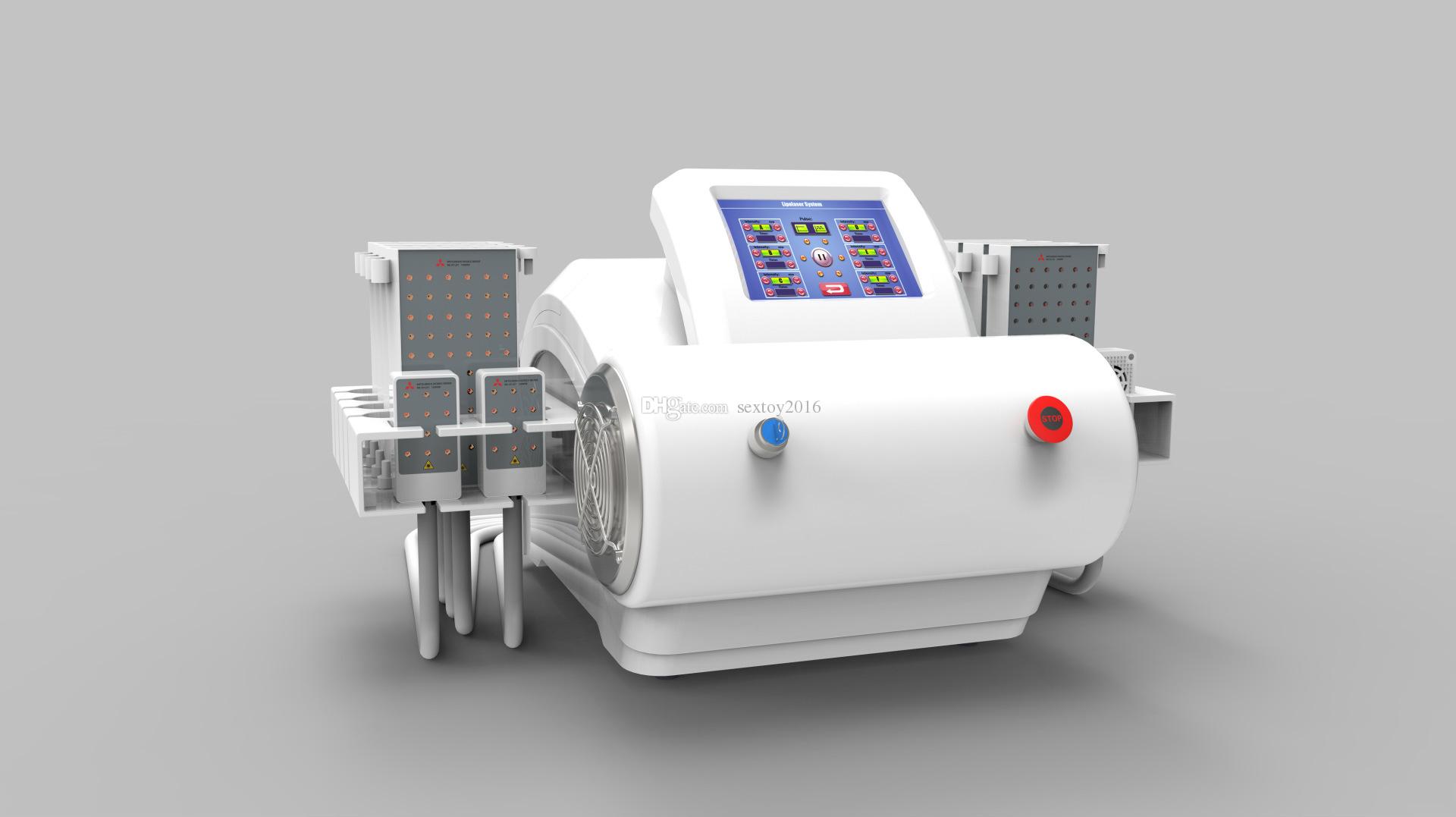
Lipolight makes use of LED light to shape, slim, and tone areas in a natural way, which includes the hips, waist, upper arms, and thighs. The unique wavelength and the heat of light encourage the fat cells for the release of fat. This fat is thereafter metabolized. A cell filled with fat is just like a grape. The LED light makes an alteration in a cell membrane that helps the fat in flowing out of the cell. The fat then enters the lymph systems and blood where it is either burned for energy or the fat is released from the body. The process is quite similar to the body entering the fat burning stage after a good workout; and the final outcome is that fat-filled cells become flattened and empty. Lipolight Pro laser LEDs toning and slimming program is a recent treatment for body contouring in a non-invasive manner.

Deliver immediate results
The Lipolight Pro laser LEDs are safe and simple to use and they provide effective results in a single treatment. The patient will be able to shape, slim, and tone the areas they want naturally along with the difficult areas such as hips, waist, arms, upper legs, and thighs. This is a revolutionary treatment in the body contouring market. The use of wavelength light and heat of this machine in combination with a healthy diet and exercise can tone and slim the problem areas naturally and without a surgery. Its uses include beauty, health, fitness, and well-being. The slimming technology provides a positive effect on the areas wherein body sculpting may prove to be a difficult job.
The science behind the technology
Chromosomes that form part of the molecules are able to absorb wavelengths of the visible light. The precise wavelengths of light result in the membranes of the fat cells in losing their shape by altering the cell permeability. The light produces photobiomodulation inside the adipose cells thus, making a change within every adipose cell, creating channels or pores inside the cell wall. The changes in the cell activate the release of lipase, an enzyme that breaks the triglyceride molecules into glycerol molecules and fatty acids that become sufficiently small for passing through the cell pores thus releasing stored fat. This product is a highly cost-effective one. The light therapy technology is safe and makes the operation easy. The practitioner who uses this technology should be trained so that he can use it relatively within a short time period.




